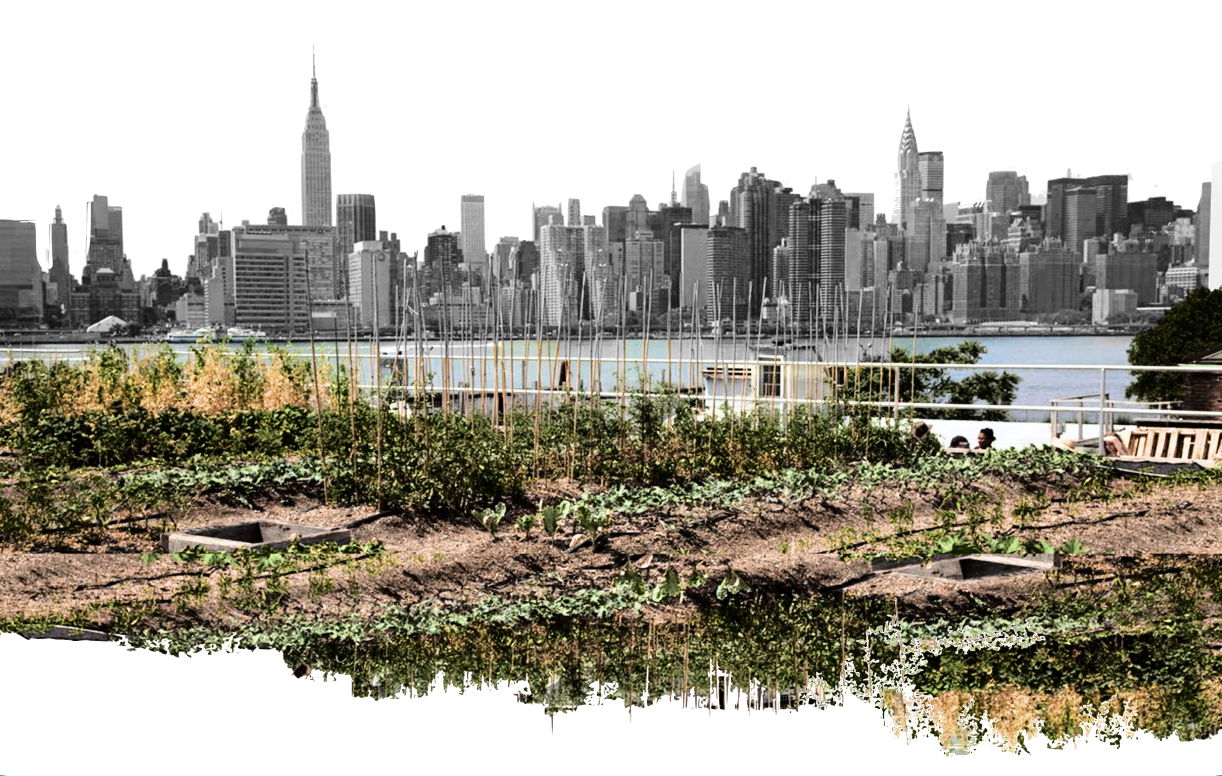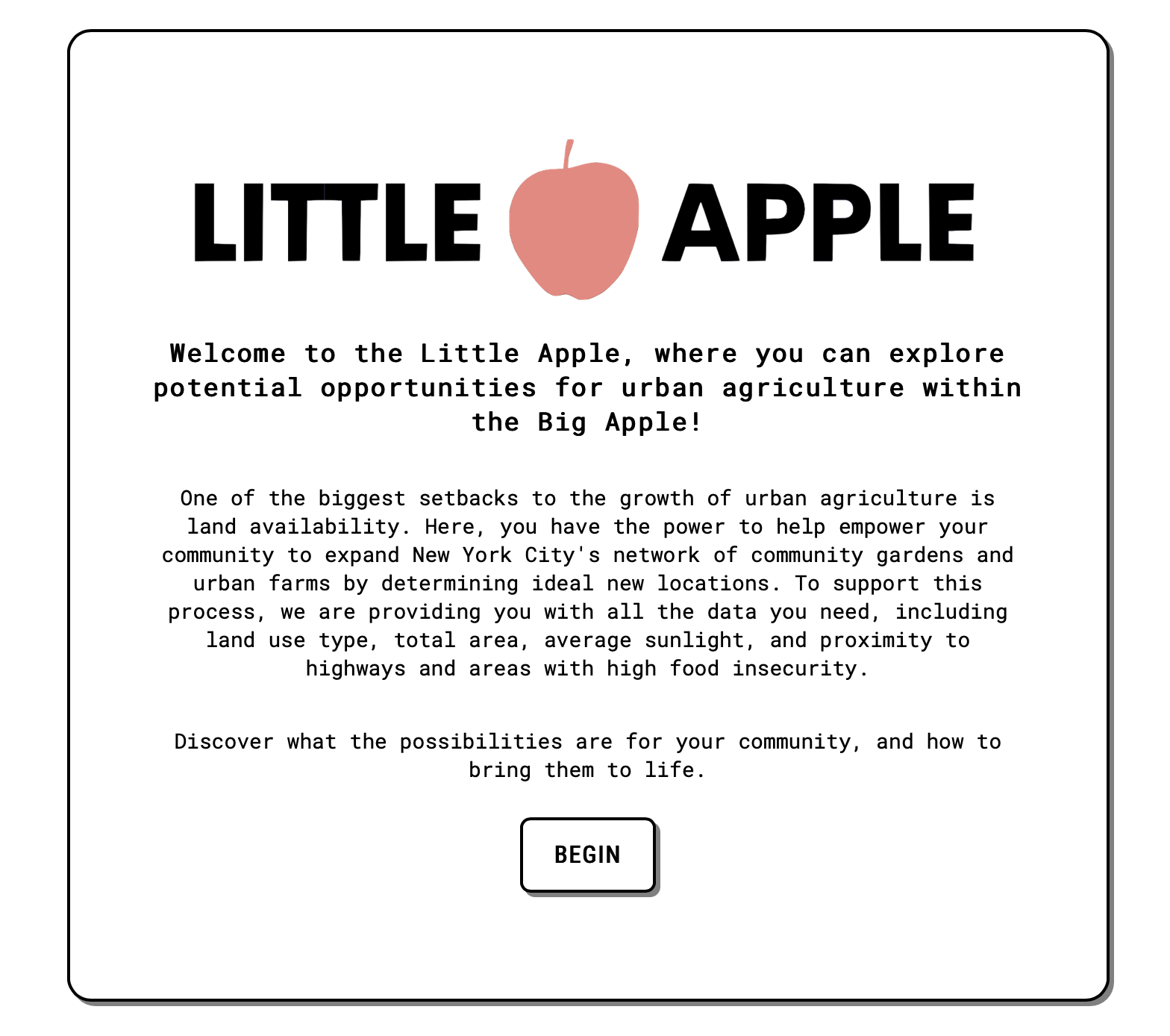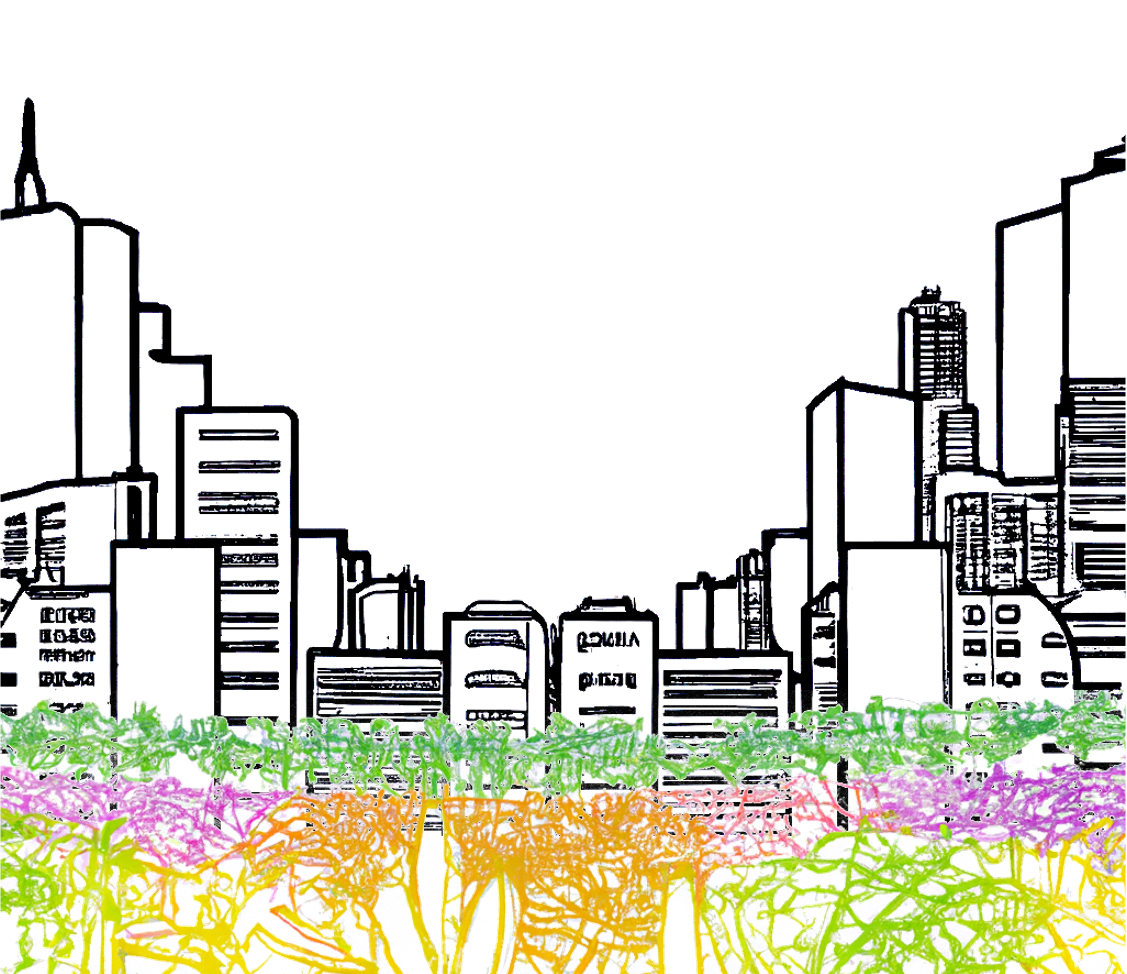The City as a Farm: How can urban agriculture help address food insecurity within New York City?
Letti Campo

The Hyper Local Food Movement seeks to encourage cities and towns to move towards the majority of food being grown where it is being consumed. Cities listed as leading this movement include Portland, Maine, Des Moines, Iowa, and Alberquerque, New Mexico. For many, this ideal is seen as the only solution for cheaper, healthier food, with advantages advertised as:
- Adding variety to your diet with fresher food;
- Addressing food insecurity within cities;
- Cutting transportation costs;
- Supporting the local economy; and
- Tastier food thanks to organic and eco-friendly farming practices[1].
But is this even possible for a city like NYC? What are the true implications of hyper-locality on the scale of a city as dense as NYC? Would a hyper local NYC actually bring positive change? And is it even possible for NYC to become significantly hyper local to the point where it would positively impact our food system?
These questions, and the hyper-local narrative, both exist against the backdrop of a city whose current population is not fully fed. In 2021, it was reported that there are 2.4 million men, women, and children who are struggling to make ends meet within New York City, with 1.5 million of those individuals being food insecure[2].
With these numbers in mind, my research project seeks to answer the following questions: What would the total possible output of a hyper-local NYC be, and where could this be implemented within the city? What would the city need to sacrifice in order to achieve this? At a minimum, could a hyper-local New York City help significantly combat food insecurity within the city?

To answer these questions, I have developed a gamified computational tool called The Little Apple, which allows users to explore potential sites for urban agriculture within the city. Using insights from Portland, ME's and Washington, DC's urban agriculture programs, I have compiled a list of potential locations with metrics including size, average daily sunlight, and proximity to highways, food insecurity, and low income households.
Users are able to explore these locations individually and by filtering each metric to best understand the potential of urban agriculture within their communtiies. As filters are applied, users will see the corresponding total number of locations, amount of open space lost, and number of individuals served. To encourage further action, users are also able to export the full dataset of their filtered locations.
This project does not aim to present a singular solution for NYC’s food system. Rather, it seeks to support a growing urban agriculture program grounded in community action and need. The first of its kind, this tool opens the space of spatial analysis to those who don't have the skills to otherwise explore it.
It is my hope that the results of this project will support and inspire the future of expanding urban agriculture within New York City on both a local and city-wide scale. In the future, it is my hope that this tool can be expanded to be a long-term resource for this and other cities to explore the possibilities of urban agriculture.

Brain, Roslynn. “The Local Food Movement: Definitions, Benefits & Resources,” n.d., 4. ↩︎
City Harvest. “Hunger in NYC.” Accessed November 1, 2022. https://www.cityharvest.org/self-sufficiency-study-2021/. ↩︎